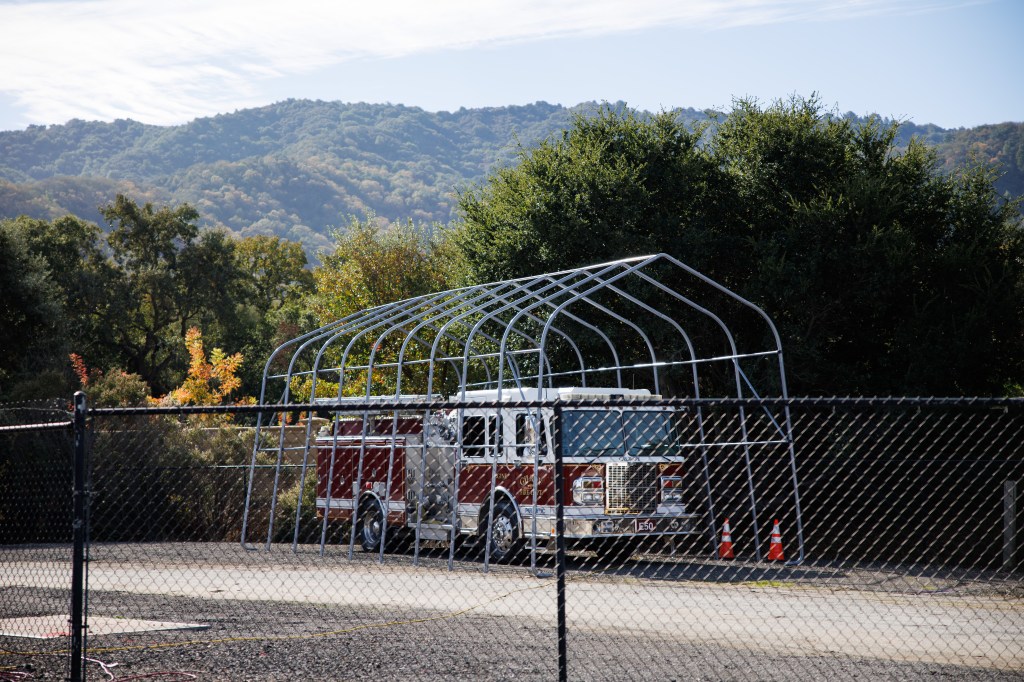
Early returns from Gilroy on Tuesday night showed a sales tax increase meant to pay for public safety was a few percentage points shy of the two-thirds threshold required for the measure’s approval.
If results hold, the city will have to look elsewhere to fund its struggling and understaffed public safety network, though the loss would signal a win for those business interests and residents who worried about the increased costs of the tax.
Even so, proponents are optimistic. “Honestly, I’m shocked at how high the percentage is right now,” said Steven Hayes, president of the Gilroy Firefighters Association, noting that the grassroots effort faced a tight deadline to educate the community on the effort. “I’m very hopeful.”
With police and fire staffing stagnating, increased demand for emergency services, and outdated fire stations, the Gilroy City Council turned to a quarter-cent tax measure — Measure C — to shore up public safety in the city. The measure was meant to raise Gilroy’s sales tax to 9.375% — with exceptions for groceries and prescription medicine — adding over $4 million in revenue for public safety.
According to the city, the number of firefighters and police has remained virtually unchanged over the past decade. Meanwhile, the city’s population has grown 15% and Gilroy firefighters respond to 77% more calls than they did in 2012.
Given the growth, the city projects it needs to hire 15 police staff, add 17 firefighters, and build at least one more fire station. Additionally, fire and police have called for updated equipment and improved facilities. One analysis concluded that two of the current fire stations are seismically unsound, meaning they could collapse on a fire engine during an earthquake and render firefighters there unable to respond to an emergency, according to former fire chief Jim Wyatt.
The need led to mostly universal – if often reluctant – support for the tax measure among city leaders, and outspoken support from fire and police departments.
Even so, some business leaders said that the increased costs would drive them to make large purchases outside of the city, making the measure counterproductive by driving revenue out of Gilroy.
Some residents also expressed reluctance to support the measure, citing the already high cost of living as their main deterrent.
Originally Published:

















































